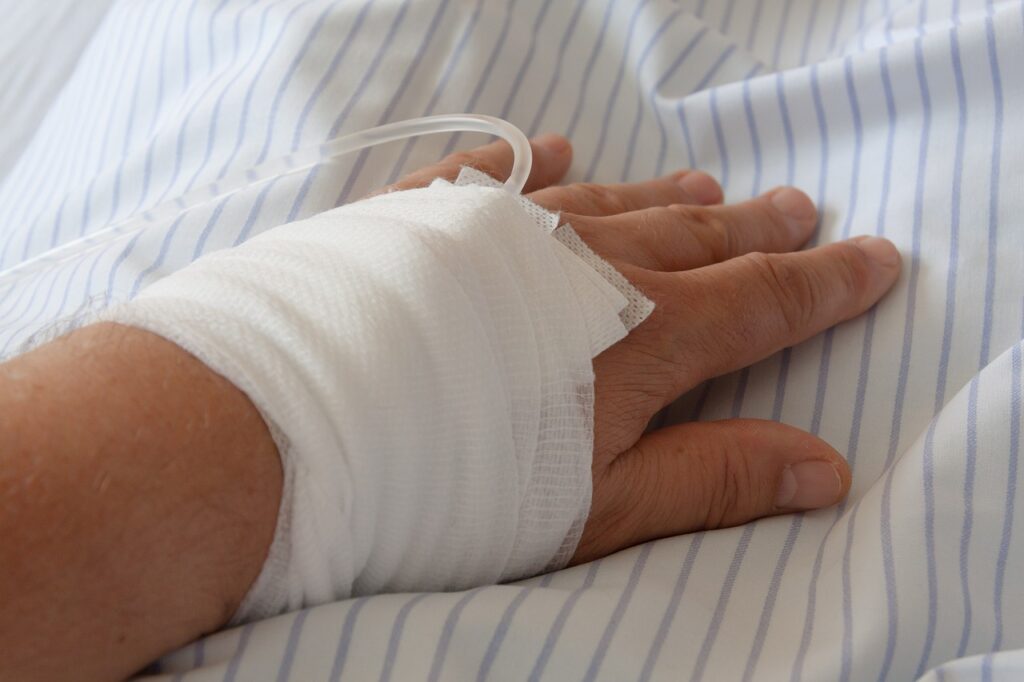This year, the American College of Rheumatology (ACR) held their Convergence 2020 meeting virtually from November 5-9, with additional poster presentations on November 10 and 21. According to a press release, human protein manufacturer Octapharma presented data from the Phase 3 ProDERM clinical trial. During the study, researchers analyzed the extended safety, efficacy, and tolerability of octagam 10% for dermatomyositis.
Octagam 10%
The Phase 3 Progress in Dermatomyositis trial, or ProDERM, evaluated octagam 10% for patients with dermatomyositis. Altogether, 95 patients enrolled in the trial. Octagam 10% is an intravenously administered purified human immunoglobulin. Immunoglobulins are immune proteins that function as antibodies. Thus, administering patients with immunoglobulin can help temper the immune response, relieving itching and preventing rashes. Currently, octagam 10% is indicated for:
- Primary and secondary immunodeficiencies (Canada, Europe)
- Guillain-Barré syndrome (Europe)
- Chronic inflammatory demyelinating polyneuropathy (Europe)
- Idiopathic thrombocytopenic purpura (US, Canada, Europe)
Additionally, octagam 10% received Orphan Drug designation from the FDA in 2017. During the ProDERM trial, patients received either octagam 10% or a placebo every 4 weeks. Later, during an open-label extension study, all patients received octagam 10% every 4 weeks (1 month) for a 24-week period. The primary trial endpoint was how many patients responded to treatment by Week 16 using the Total Improvement Score (TIS) of the myositis response criteria (primary).
Ultimately, the trial met its endpoint, with much more patients responding to octagam 10% than the placebo. Additionally, patients who switched from the placebo to the active therapy during the extension also saw significant improvement. Patients maintained treatment responses up to 40 weeks (9.2 months). Finally, octagam 10% is relatively safe and well-tolerated.
Dermatomyositis
While doctors are not sure of the exact cause of dermatomyositis, a rare inflammatory disease characterized by a distinctive skin rash and muscle weakness, many believe it shares characteristics with autoimmune disorders. As a result, the condition could result from the body mistakenly attacking itself. Currently, there are no adequate therapies approved for dermatomyositis treatment. The condition usually occurs between ages 5-15, or 40-60. Typically, females are more affected than males. Symptoms include:
- Muscle weakness and tenderness
- Fatigue while walking, climbing, rising, reaching, or other active movements
- Hair loss
- Scaly scalp
- Nail changes
- Rashes on any photo-exposed surfaces
- Extreme itchiness
- Rashes on the eyelids, face, knuckles, and outer thighs
Learn more about dermatomyositis here.








